Mastering the art of camera angles allows you to influence how viewers perceive your story. By experimenting with high, low, and Dutch angles, you can evoke emotions and establish character dynamics. Low-angle shots can make a character feel larger-than-life, while high-angle shots emphasize vulnerability. Close-ups reveal intricate emotions, drawing the audience in. Wide shots set the scene, grounding your story context. Understanding these techniques gives you the power to enhance your visual storytelling. There’s so much more to uncover about the subtle choices that can make or break your narrative.
Key Takeaways
- Experiment with various camera angles, such as high, low, medium shots, and Dutch, to enhance storytelling and emotional impact.
- Utilize close-ups to reveal intricate emotions, fostering audience connection and empathy with characters.
- Incorporate wide shots to establish context and spatial grounding, setting the scene effectively for viewers.
- Master framing techniques, such as medium close-ups and bird’s eye views, to convey relationships and dynamics.
- Use movement techniques, like dolly and aerial shots, to add depth and reveal more about the scene.
Understanding Camera Angles
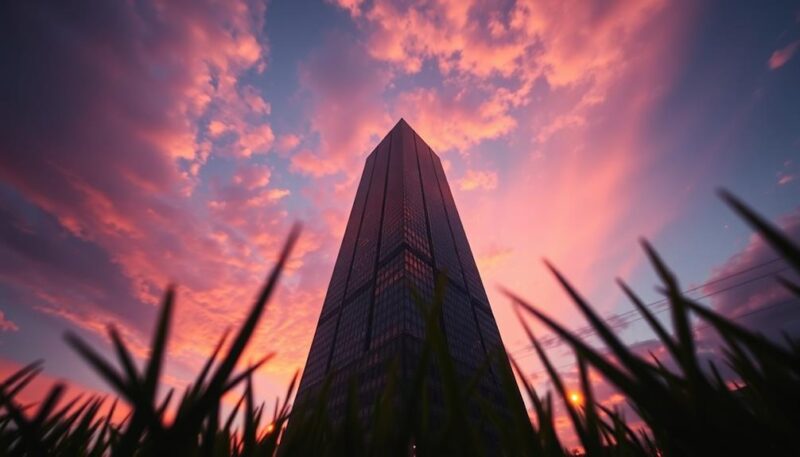
When it comes to filmmaking or photography, understanding camera angles is essential for telling your story. Each shot angle offers a unique perspective, and the right choice can enhance your narrative.
For instance, eye-level shots create a sense of equality, allowing viewers to connect with your subjects on a personal level. Conversely, high-angle shots can evoke vulnerability, making your characters appear smaller or weaker.
On the flip side, a low-angle shot empowers your subjects, portraying them as larger-than-life figures. This angle can instill awe and admiration, transforming ordinary moments into extraordinary ones.
Please don’t overlook the impact of Dutch angles; they create tension and disorientation, perfect for scenes that demand heightened emotion.
Overhead shots provide a bird’s eye view, offering context and scale to your scene, while medium close-up shots that focus on the upper body will focus on the subject’s emotions, pulling viewers deeper into the narrative.
By mastering these shot angles, you’ll release the potential to liberate your storytelling, guiding your audience through the highs and lows of your visual journey.
Types of Camera Angles
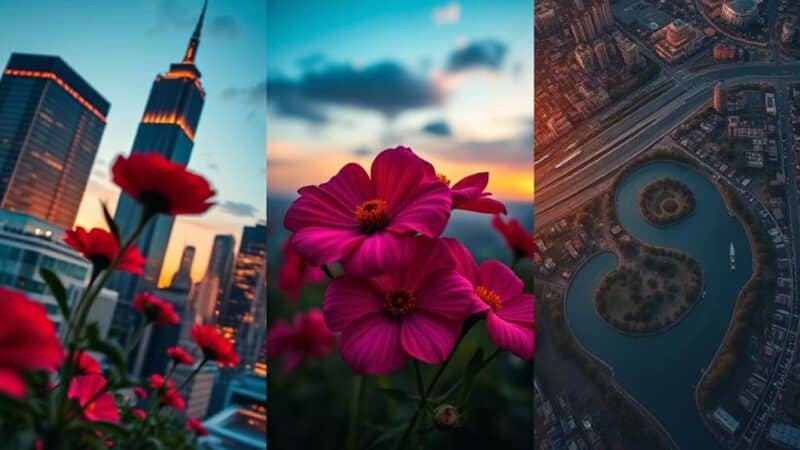
Exploring the various types of camera angles can greatly enhance your visual storytelling. Understanding the common camera angles allows you to create dynamic compositions in conversation scenes that captivate your audience. For instance, a high-angle shot makes your subject appear vulnerable, while a low-angle shot can convey power. These angle shot examples can transform your narrative and influence how viewers perceive your story.
When considering shot framing, think about how shot size impacts the focus subject. A close-up highlights emotions, while a wide shot sets the scene and context, drawing viewers into the world you’re creating. Experimenting with different types of shots adds depth and richness to your work, inviting your audience to connect with the characters and themes on a more profound level.
The beauty of mastering these angles lies in their versatility across a range of genres. Whether you’re filming a heartfelt drama or an exhilarating action scene, the right camera angle can elevate your storytelling, making it more immersive and engaging.
The Power of Low Angles
Low angles can dramatically change the way your audience perceives a character or scene. By positioning the camera below the subject, you create a striking visual impact that elevates the perceived power dynamics at play. When you shoot from a low angle, your subject appears larger-than-life, commanding attention and respect. This shot type can evoke an emotional response, making viewers feel awe or intimidation.
You can focus on the subject from head to toe, showcasing their stature and importance. The angle of the shot influences how the audience relates to them; a powerful figure becomes even more formidable when seen from below.
Try experimenting with different low angles to see how they transform your scenes. For instance, capturing a hero in this way can amplify their heroic qualities, while a villain may seem more menacing.
Embrace the liberation that low angles provide in storytelling. They challenge traditional perspectives and invite your audience to see the world through a different lens. So, grab your camera, explore these angles, and let their transformative power elevate your visual narrative.
The Impact of High Angles
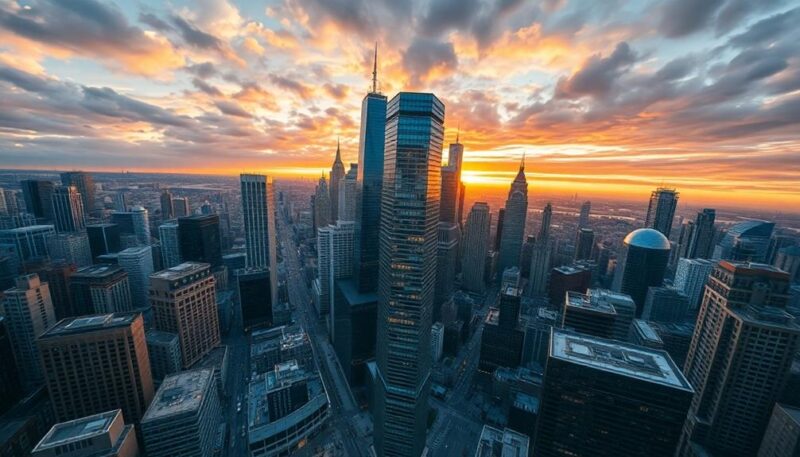
How does a high angle affect your storytelling? When you use high angles, you create an immediate emotional impact that shifts the viewer’s perception of the scene. This angle shot often conveys a sense of superiority for the subject in focus, making them appear more dominant or in control. Conversely, it can evoke a sense of vulnerability in the character being filmed from above, allowing the audience to empathize with their struggles.
Consider how this plays into the dynamics between characters. By positioning your camera higher, you emphasize power imbalances, revealing the underlying tensions in their relationships. When your shot focus centers on a character beneath the camera, you visually communicate their emotional state, showcasing their helplessness or isolation.
In crafting your narrative, high angles can liberate your storytelling by highlighting these contrasts. It’s a tool that deepens the viewer’s connection to the characters, allowing for a more nuanced exploration of their journeys.
Use high angles thoughtfully to elevate your storytelling, revealing the layers of complexity and emotion that resonate with your audience.
Close-Ups and Emotional Depth
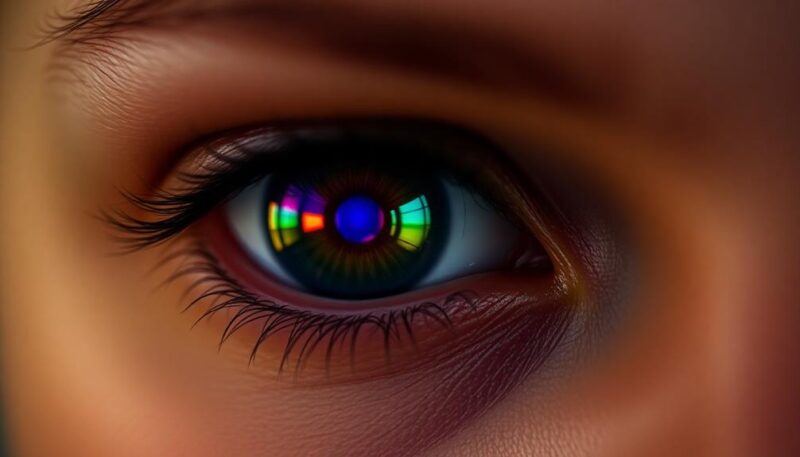
While you might focus on sweeping landscapes or dynamic action shots, close-ups can profoundly transform your storytelling by revealing the intricate emotions of your characters. Close-up shots pull viewers into an emotional landscape, allowing them to connect with the nuances of a character’s experience.
Through a medium close-up (MCU), you capture the character from head and shoulders, emphasizing facial expressions that convey unspoken feelings. In dialogue scenes, these intimate framings amplify the impact of words, as viewers can read the subtle shifts in body language and facial reactions.
A well-crafted shot list that incorporates close-ups guarantees that you don’t miss these pivotal moments. When you zoom in on a character’s eyes or a trembling lip, it’s as if you’re peeling back layers of their soul, inviting your audience to empathize deeply with their journey.
Framing and Composition Techniques
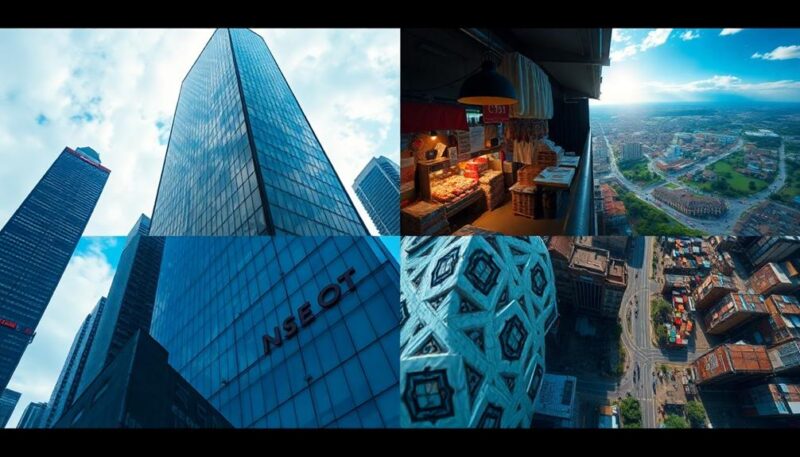
Mastering framing and composition techniques can elevate your visuals to new heights. By honing your skills, you can create compelling stories that resonate with your audience.
Here are four key techniques to reflect on:
- Wide Shot: Use this to establish context and show the environment. It gives viewers a sense of space and scale, grounding the story.
- Medium Close-Up (MCU): This shot bridges the gap between intimacy and context. It allows you to capture emotions while still including some background details.
- Bird’s Eye View Shot: This unique perspective can provide a fresh take on a scene, showcasing relationships and dynamics from above.
- Close-Up Shot Size: These shots focus on specific details, drawing attention to emotions or critical elements. They can evoke a deeper connection with your audience.
- POV Shots: These shots are called Point-Of-View shots. In this type of shot, the camera is a reverse shot that tells the story from one of the actor’s points of view.
Experimenting with these framing techniques can release your creativity. Incorporate an establishing shot to set the scene, and reflect on the angle of your steady-cam shot to enhance movement.
Each choice you make in framing influences the story you tell, so embrace the liberation that comes with mastering these techniques.
Practical Tips for Shooting
Once you’ve grasped the importance of framing and composition, it’s time to put those skills into practice. Start by experimenting with different camera angles, like shoulder shots that capture your subject’s perspective. These shots can create intimacy and connection, allowing your audience to feel the moment.
Don’t shy away from aerial shots; they provide a unique vantage point that can elevate your storytelling. Use dolly shots to add movement and depth, smoothly gliding closer to your subject or revealing more of the scene.
When you want to intensify emotions, consider extreme close-up shots. These can highlight subtle expressions, drawing your viewers in. Master shots are essential too, as they establish the context of your scene and keep the narrative flowing.
Incorporate single shots when focusing on an individual, allowing their story to shine. Utilize basic camera moves to keep your footage dynamic; simple pans or tilts can add energy without complicating your composition.
Frequently Asked Questions
How Do Camera Angles Affect Storytelling in Film?
Did you know that over 70% of a film’s emotional impact comes from visual elements, including camera angles?
When you choose an angle, you’re not just framing a shot; you’re shaping the narrative. Low angles can make characters feel powerful, while high angles can convey vulnerability.
Can I Use Different Angles in a Single Scene?
Absolutely, you can use different angles in a single scene! It adds depth, creates tension, or highlights emotions.
When you switch angles, you’re guiding the audience’s attention and enhancing the storytelling. Don’t be afraid to experiment!
Each angle can reveal something unique about the characters or setting. So, go ahead and play with perspectives; it’ll enrich your narrative and keep viewers engaged, allowing them to connect more deeply with your story.
What Equipment Is Best for Experimenting With Camera Angles?
When you’re ready to release your creativity like a wild artist, the right Film equipment can be your magic wand!
Start with a DSLR or mirrorless camera, as they offer flexibility with lenses and settings. A sturdy tripod is your best friend for steady shots, while a gimbal can add that smooth, cinematic flair.
Don’t forget a variety of wide-angle lenses for dramatic perspectives and telephoto for capturing distant details.
Go wild and experiment!
How Can I Improve My Camera Angle Skills Quickly?
To improve your camera angle skills quickly, start by experimenting with different perspectives.
Try shooting from low, high, and unusual angles to see how they change the scene’s mood.
Review your shots and analyze what works best.
Don’t hesitate to imitate styles from photographers you admire, but then add your unique spin.
Practice consistently and seek feedback from peers.
The more you shoot, the more confident you’ll become in capturing enchanting angles.
Are There Cultural Differences in Interpreting Camera Angles?
Absolutely, camera angles can speak different languages across cultures.
Like a painter choosing colors, you’ll find that angles evoke unique emotions and interpretations based on cultural backgrounds.
For instance, a low angle might symbolize power in one culture, while it could signify vulnerability in another.
By understanding these nuances, you can liberate your storytelling, ensuring your visuals resonate deeply with diverse audiences.
Embrace this journey, and your work will flourish in richness and depth!
Conclusion
Mastering camera angles is like wielding a brush to paint your story; with every tilt and turn, you shape emotions and perspectives. A low angle can make a subject feel powerful, while a high angle can evoke vulnerability. Close-ups invite viewers into intimate moments, yet wide shots breathe life into the scene. By blending these techniques, you create a visual symphony, balancing tension and tranquility, guiding your audience on an unforgettable journey through your lens.



